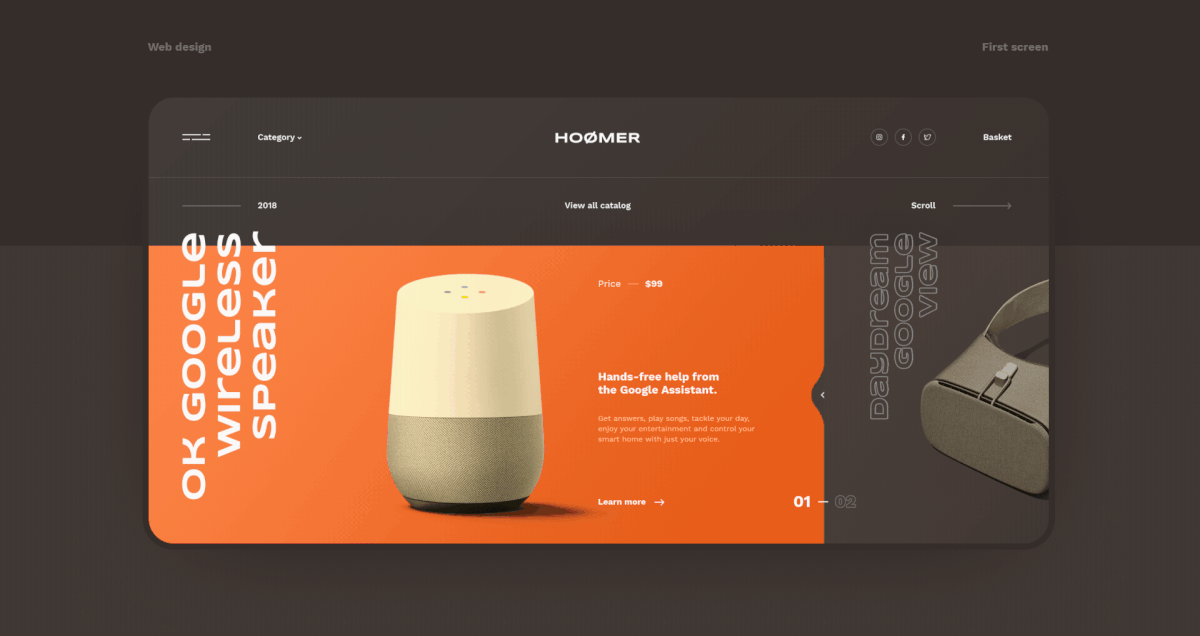Hick’s Law of Design
Hick’s Law is a design principle that states: “The time it takes to make a decision increases as the number of alternatives increases.”
Translation: more choices = more anxiety. Less choices = more control. At least in the mind of the user.
Designers dramatically affect the experience of the user by paying attention to the tasks common to their product and knowing when to eliminate multiple options in favor of a single, clear action. One of the best examples of this is Apple. Apple has consistently produced products that are minimalist in design, task-focused and consistent. The iPod, iPhone and recently the iPad are all amazing examples of this and obviously the result of the constraints of designing for portable devices.

Especially on these devices, users are often only presented with a few options at any given moment. And usually the options are explicitly related to making a choice that allows the user to take the next step to accomplish their task/goal. Knowing what to do next or even how to escape at any given moment is very empowering for the user. Even if there are numerous features, add-ons and settings behind the scenes, providing them with just enough at each step in their journey will provide them with a sense of being in control and thus, create more passionate users.
The more things a user has to deal with when making a decision, the more likely they are to feel a sense of helplessness and find themselves unable to take the next step. Sometimes, due to the complexity of the interface, there isn’t a clear next step or even a way back.

Creating great experiences is all about control. For the user, control is knowing and understanding the options and being able to make the “right” decision. For the designer, control is about refining the interface until the user can always take the next step.
c/o 52weeksofux.com
